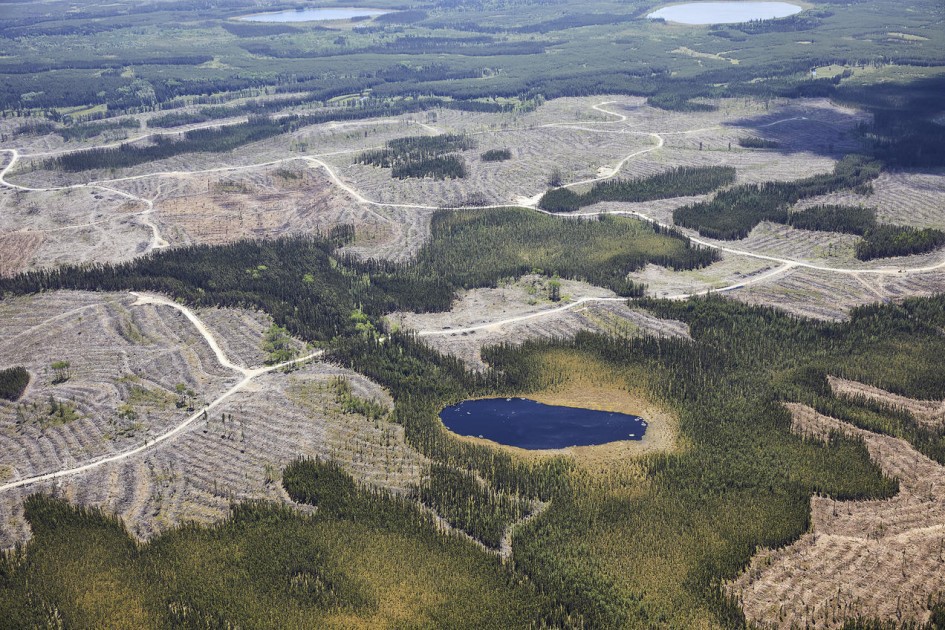
Three months since Procter & Gamble’s historic shareholder vote on forests, the company has no plans to end forest destruction.
by Jeff Conant, senior international forests program manager
Three months have passed since an “investor rebellion” by two-thirds of Procter & Gamble’s shareholders demanded that the company address its impacts on forests, and there are no signs that P&G is taking serious action. Environmental organizations, including Stand.earth, NRDC, Friends of the Earth U.S., Rainforest Action Network, and Environment America, have spent years raising the alarm about P&G’s role in enabling massive deforestation and forest degradation in the boreal forest of Canada and tropical forests of Indonesia and Malaysia. The groups remain concerned that P&G is failing to take sufficient steps to mitigate its environmental and climate risks, and have shared their concerns with P&G’s leadership in a letter to CEO David Taylor.
In a move that was emblematic of investors’ growing awareness of the financial risks associated with deforestation, Procter & Gamble’s shareholders, including some of the world’s largest asset managers, delivered a clear rebuke of business as usual at the company’s shareholder meeting in October 2020. Even BlackRock, the world’s largest asset manager and one of P&G’s largest shareholders, voted in favor of that proposal after a decade of failing to address deforestation. But three months after the vote, even as BlackRock CEO Larry Fink published his annual letter committing to integrate climate risks into the investment business, it is not clear whether P&G will take real action.
The cost of inaction is high
Despite the shareholder vote and ongoing input from advocacy groups, Procter & Gamble has given no sign that it will end its practices of making tissue products from critical primary forests, or sourcing palm oil from companies actively involved in criminalizing land defenders and violating land rights. After the shareholder vote in October 2020, the coalition of environmental groups gave P&G a set of concrete steps it can take to mitigate the company’s risk across its supply chains. But, to date, the company has not confirmed any commitments to implement the measures.
According to research by NRDC, in just the three months since the shareholder meeting, mills that make pulp for P&G’s tissue products in Ontario, Canada have sourced virgin wood that weighs roughly the equivalent of 100,000+ passenger vehicles. These same mills sourced from an area the equivalent of harvesting approximately 50 football fields of land every single day during this period. Across the world in Indonesia, communities facing grave human rights abuses by P&G’s suppliers have not heard anything from P&G, despite repeated requests that the company meet with them.
Instead, P&G continues to rely heavily on third-party certified action, which means P&G will continue to make its tissue products entirely from trees (as opposed to recycled or agricultural fibers). It also sources its tissue products from clearcut caribou habitat and palm oil from companies that do not respect the rights of Indigenous peoples.
Every day of inaction from P&G means more forest destruction, more human rights violations, more habitat loss, and ultimately, more financial risk for P&G’s shareholders. Now is the time for P&G to act.
The content of this blog is adapted from and indebted to a related post from Stand.earth. Header image is an example of a clearcut in the boreal forest in Ontario, Canada. Photo credit: River Jordan
Related Posts
Ways to Support Our Work

Read Latest News
Stay informed and inspired. Read our latest press releases to see how we’re making a difference for the planet.

See Our Impact
See the real wins your support made possible. Read about the campaign wins we’ve fought for and won together.

Donate Today
Help power change. It takes support from environmental champions like you to build a more healthy and just world.